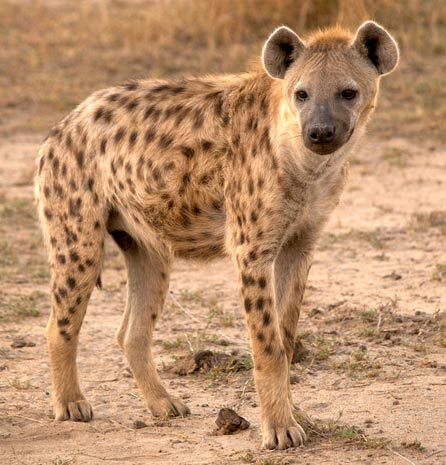


These turtles are top predators in their ecosystem they control populations of various mammals, amphibians, mollusks, reptiles, and insects they prey on. Currently, this species is classified as Least Concern (LC) on the IUCN Red List and its numbers today are stable. Population numberĪccording to IUCN, the Common snapping turtle is locally common and widespread throughout its range but no overall population estimate is available. Pollution, habitat destruction, food scarcity, overcrowding, and other factors drive snappers to move and it is quite common to find them traveling far from the nearest water source. Many vertebrate species can be involved in the scavenging of human remains depending on the location of the body during decomposition. Common snapping turtles travel extensively overland to reach new habitats or to lay eggs. Populations of these turtles have declined sufficiently due to pressure from the collection for the pet trade and habitat degradation. Results of experimental scavenging trials showing coyote. Although snapping turtles have fierce dispositions, when they are encountered in the water or a swimmer approaches, they will slip quietly away from any disturbance or may seek shelter under mud or grass nearby.Ĭommon snapping turtles are characterized by high and variable mortality of embryos and hatchlings, delayed reproductive maturity, and low reproductive success. nivorous species fall among the ranks of facultative scavengers even species we recognize. When they encounter a species unfamiliar to them such as humans, in rare instances, they will become curious and survey the situation and even more rarely may bump their nose on a leg of the person standing in the water. In their environment, Common snapping turtles are at the top of the food chain, thus feeling less fear or aggression in some cases.

In shallow waters, Common snapping turtles may lie beneath a muddy bottom with only their heads exposed, stretching their long necks to the surface for an occasional breath (their nostrils are positioned on the very tip of the snout, effectively functioning as snorkels). Answer (1 of 6): In Kingdom Animalia, animals which sustain themselves, in whole, or in part, by seeking food as scavengers, include: Terrestrial Vertebrates Vultures & Buzzards, like Bearded, White-Backed, & Turkey Vultures Ravens & Crows, like Jungle, Torresian, & American Crows Austral. Common snapping turtles sometimes bask-though rarely observed-by floating on the surface with only their carapaces exposed, though in the northern parts of their range, they also readily bask on fallen logs in early spring. As one of the strategies to ambush the prey these turtles sometimes bury themselves in the mud with only their nostrils and eyes exposed. They are most active at dawn and dusk when doing their hunting. Common snapping turtles spend most of their time in the water rather than on land.


 0 kommentar(er)
0 kommentar(er)
